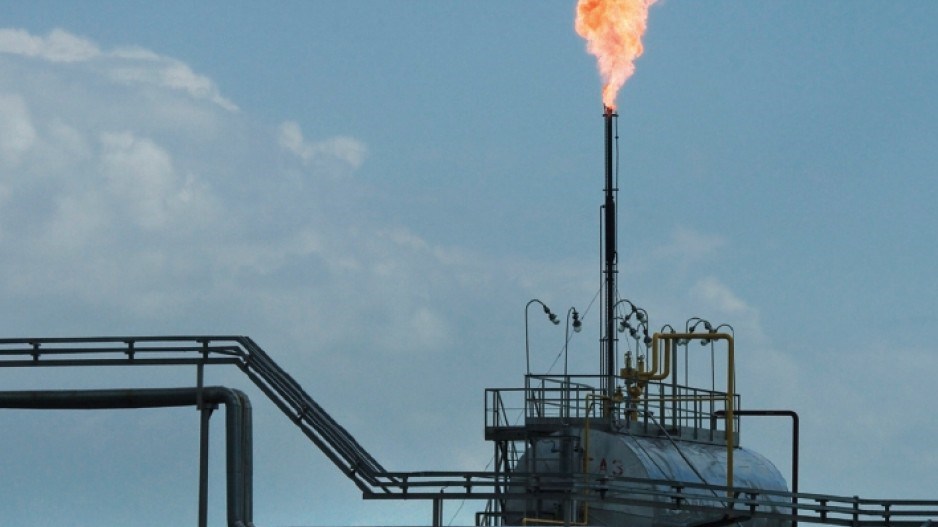Toxins released by the natural gas industry through flaring, fugitive emissions and hydraulic fracturing should have a relatively low impact on human health, a study by Intrinsik Environmental Sciences Inc.
But to get a better grip on potential health impacts, the provincial government should tailor its health surveillance to try to identify if disease rates in the areas with the highest concentrations of natural gas pollutants differ from other areas.
That is one of 14 recommendations made by Intrinsik, following a study on the potential impact of pollution natural gas wells, processing and hydraulic fracturing on air, water and soil.
Those activities produce a variety of emissions, four of which are toxins that can pose health risks to humans and animals, depending on their concentrations in the air.
They include sulphur dioxide, nitrogen dioxide, acrolein and formaldehyde – the latter a known carcinogen. One other emission of concerns is fine particulate matter.
“The overall conclusion is that, for the most part, the health risks in Northeastern B.C. are low, as they relate to chemical emissions form oil and gas activity,” Intrinsik project leader Bart Koppe said at a March 26 Ministry of Health press conference.
Intrinsik produced a map showing where concentrations of pollutants from gas extraction activities.
One of the nodes where concentrations are highest is the area of the Blueberry River First Nations’ reserves – something that underscores that First Nations’ concerns about the cumulative impact of industry.
The Blueberry River First Nation recently filed a claim against the provincial government for breaching their Treaty 8 rights to hunt, fish and trap as provided for in the treaty. The crux of the argument is on the cumulative impacts of industry on their way of life.
Among the 14 recommendations made in the Intrinisk report is increased testing of ground water prior to natural gas drilling to provide baseline data to be used to monitor the post-drilling impacts on groundwater. Another recommendation is to expand aquifer mapping in Northeastern B.C.
Health Minister Terry Lake said all 14 recommendations would be acted upon.
“The report does make several recommendations, mostly around emergency planning, increased monitoring and current levels of data collection and surveillance,” Lake said.
“We’ve shared these recommendations and findings with the ministries or organizations that are responsible and will be following up to make sure that they are followed and implemented.”



